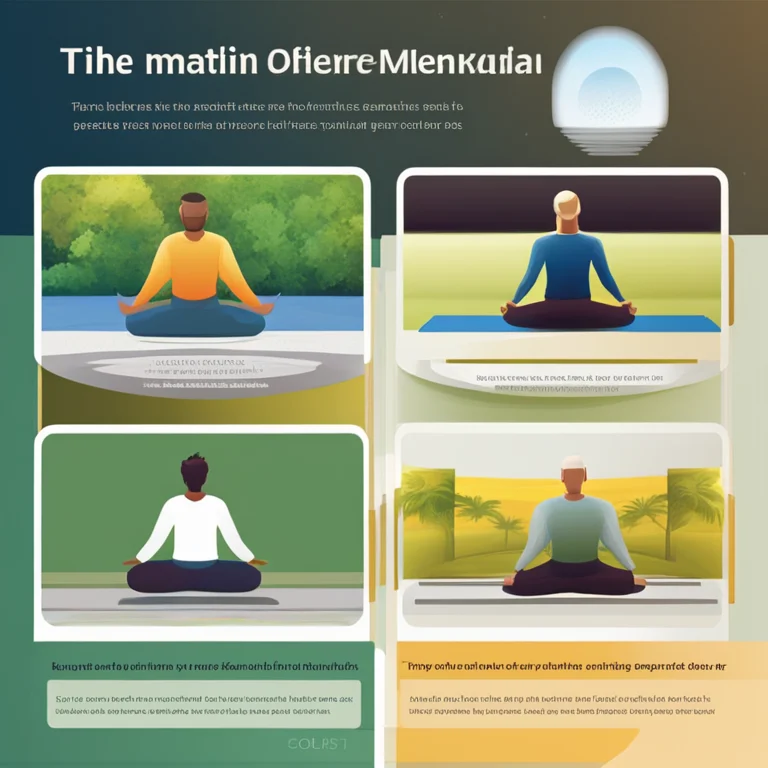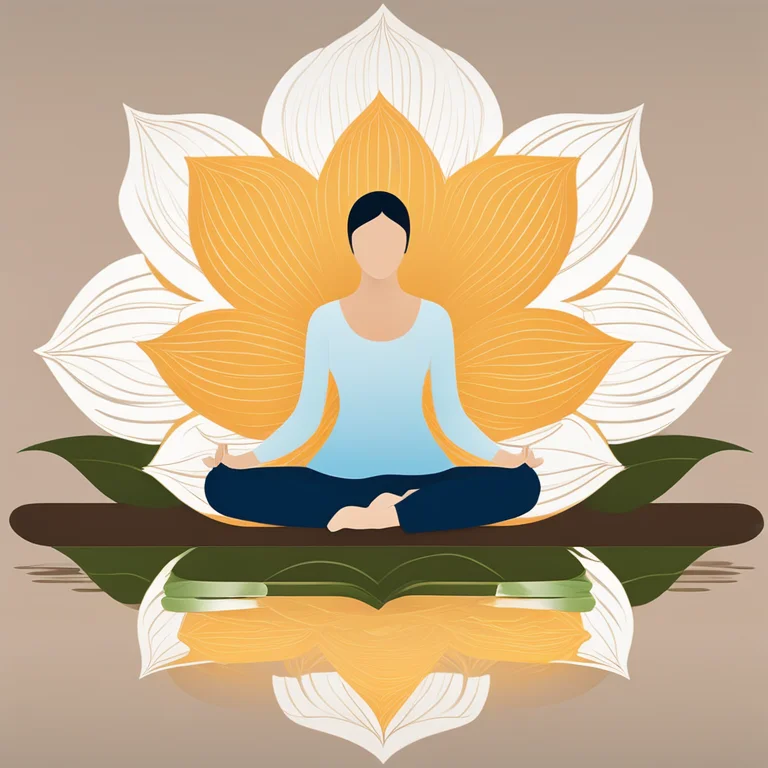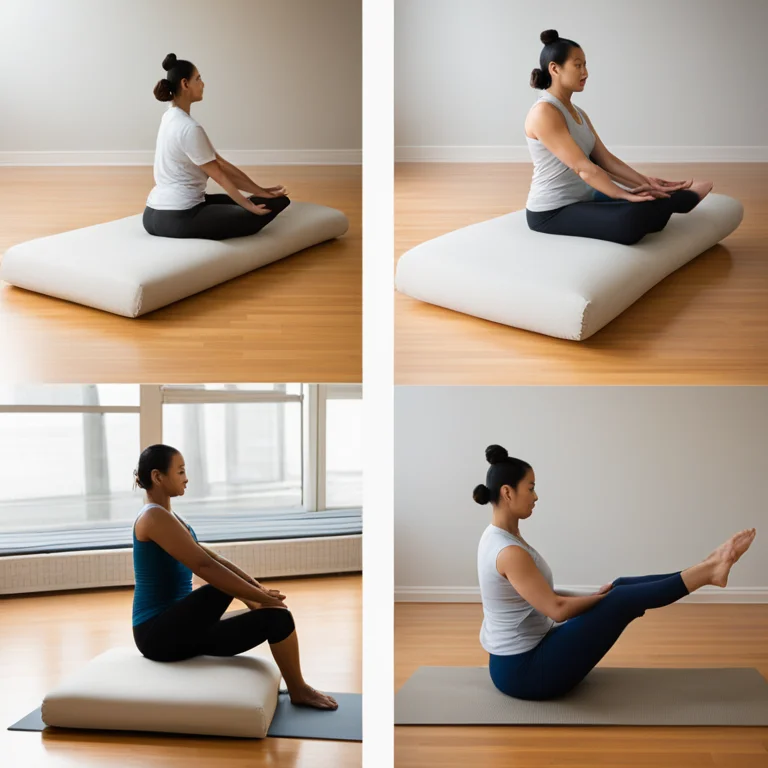
Meditative Postures for Mind-Body Harmony
Delve into the world of meditative postures to enhance your spiritual practices and find inner balance. Discover the best positions for meditation.
article by Hina Kurosawa
Introduction to Meditation Positions
Whether a seasoned practitioner or a meditation novice, adopting the right posture is crucial for a deep and impactful meditative experience. As we move further into 2024, the ancient wisdom of body alignment continues to play a significant role in supporting mindfulness and concentration. Meditation positions, while varied, share the common goal of preparing the body to sit in stillness, promoting a flow of energy, and facilitating a state of physical comfort during spiritual exercises.

The Classic Lotus Position
The Lotus Position, or Padmasana, remains one of the most iconic meditation postures. It involves sitting with each foot placed on the opposing thigh, forming a symmetrical, stable base. This position is celebrated for encouraging proper spine alignment and deep breathing. However, due to its challenging nature, it's recommended for those with more flexibility. As we embrace more inclusive practices, variations such as the Half-Lotus or Quarter-Lotus cater to those at different flexibility levels while still offering similar benefits.

Seated Postures for Every Practitioner
In the modern fusion of meditation practices, seated positions not demanding Lotus-level flexibility grow in popularity. The Burmese Position, where the legs are crossed and both feet lie flat on the floor, provides a grounded and accessible alternative. The Seiza Pose, a traditional Japanese sitting style using a meditation bench or cushion, relieves pressure from the knees and ankles, making it an optimal choice for longer sessions.

Enhancing Meditation with Movement
Contrary to static postures, dynamic meditation positions continue to gain attention with the advent of yoga's rising trend. The incorporation of gentle sequences like the Sun Salutation or mindful walking meditation complements the stillness of traditional practices. These movement-based techniques are especially beneficial for those who find prolonged sitting challenging or wish to incorporate mindfulness into a more active lifestyle.

Supports for Sustainable Practice
Ergonomic advancements in meditation supports encourage continued practice without discomfort. From ergonomically designed cushions that tilt the pelvis forward to meditation chairs crafted with spine support in mind, 2024 sees a surge in products facilitating healthy posture. These innovative supports have become instrumental for practitioners of all ages seeking to maintain alignment without strain during their meditative journeys.
Mindfulness in Any Position
Mindfulness meditation teaches us that presence of mind can be achieved regardless of the position we choose. From standing to lying down, known as Shavasana, meditators are finding peace in positions that best match their personal needs and limitations. Embracing a comfortable position where one can remain alert yet relaxed is the key to an effective meditation practice that can stand the test of time.
Published: 1/9/2024
Modified: 1/9/2024
More predictions
Come back here soon to learn more about yourself and your future


Retreat into Serenity: A Meditation Haven
Discover the transformative power of a meditation retreat and find tranquility for mind, body, and spirit in our comprehensive guide.


The Harmony of Meditation and Sleep
Discover the synergistic benefits of meditation for enhancing sleep quality and overall well-being in this insightful article.


The Tranquil Bridge: Meditation's Impact on Sleep Quality
Discover how meditation can enhance sleep quality, weaving a path to better rest and well-being